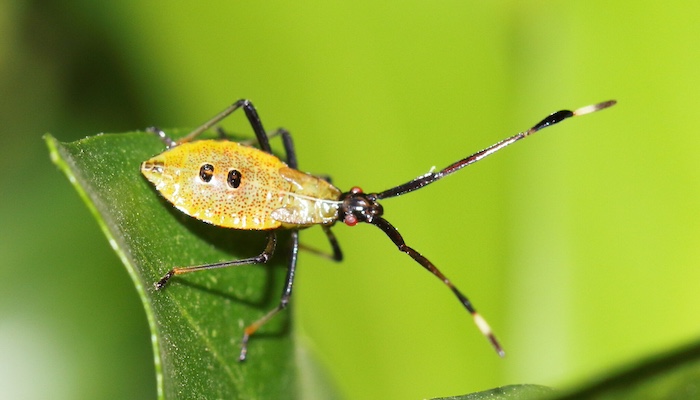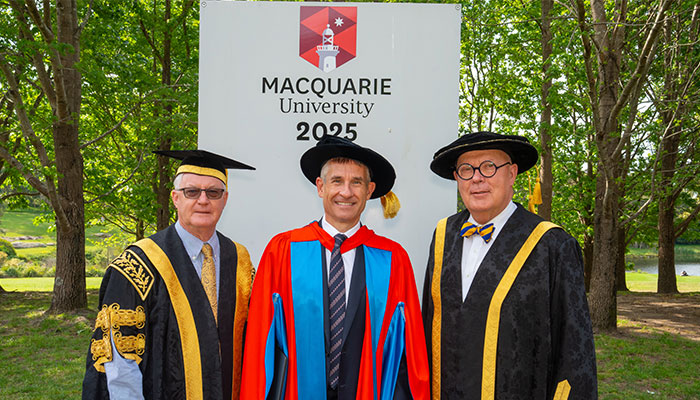Macquarie University has secured a $1.49 million grant from Horticulture Innovation Australia to develop new pest monitoring technology for the horticultural industry.
Dr Soo Jean Park, a chemical scientist and research group leader in Applied Biosciences at Macquarie University, will lead the project. Her team will develop smart traps targeting two pest species: Amblypelta nitida (the fruit spotting bug, or FSB) and Amblypelta lutescens lutescens (the banana spotting bug, or BSB).
Despite their names, both pests affect a wide range of tree crops, including macadamia and avocados. While a BSB lure-trap system has been marketed, there are currently no lure-based monitoring systems used by the industry for these pests.
“Our project will combine chemical ecology, innovative use of materials and artificial intelligence with real-time pest monitoring,” Dr Park says.
“This approach will address a significant challenge for Australian fruit and vegetable growers, especially in the macadamia and avocado sectors.”

Amblypelta nitida, commonly known as the fruit spotting bug, is one of the targets of a new pest monitoring system being developed by a Macquarie University-led research team.
The research team will work with Elegant Media, a mobile app company, to develop a commercially viable pest monitoring system. This system will use an AI-image recognition model to detect and quantify target pests, which will significantly improve pest monitoring efficiency.
A successful smart monitoring system depends on effective lures that can effectively control release.
Macquarie University researchers will focus on developing new lures for FSB, improving the existing BSB lure system and fabricating the materials to release the lures in a controlled manner. They will also conduct field surveys to support these developments.
Dr Park says, “We aim to provide better monitoring tools for FSB and BSB that can transform monitoring and decision-making practices, especially for the macadamia and avocado industries.”
Dr Park’s team will use synthetic pheromones in their lures to attract these insects to the smart traps.
“Our preliminary results show that these bugs use ‘aggregation pheromones’ to gather in groups, especially around mating pairs. We’re using this behaviour to attract them to our traps,” Dr Park says.
The team’s approach will benefit the environment and reduce costs for farmers by offering effective tools for monitoring that minimise pesticide use compared to traditional, labour-intensive and error-prone methods.
“The monitoring tools will assist growers in making informed decisions. By identifying the optimal time to apply pesticides, growers can use them more effectively and apply the right amount at the right time,” says Dr Park.
The project will also enhance existing lure dispensing technologies by using new materials to ensure a uniform amount of lure compounds is released daily over an extended period.
Elegant Media will focus on AI model development and designing the traps, complementing the university’s expertise in applied biosciences. The AI model will be trained on large datasets of pest images from various crop settings.
Distinguished Professor Phil Taylor, head of Applied Biosciences at Macquarie University, says, "This project brings together leading expertise in chemical ecology research and engineered solutions to address an important gap in the availability of practical, economical and effective tools for monitoring of insect pests."
The project is already underway, with a PhD student starting work on pheromone development in January.
As the research progresses, the team will conduct extensive field trials to refine the smart trap technology and make it more effective across different horticultural environments.
“This collaboration shows how we can drive innovation in our agricultural sector by creating productive partnerships between universities and industry,” Professor Taylor says.



